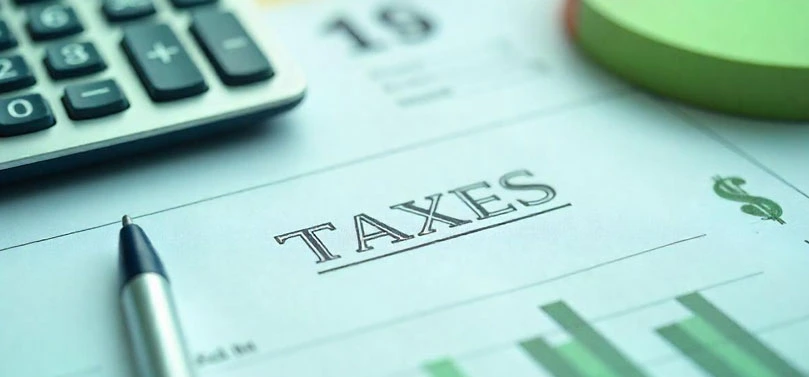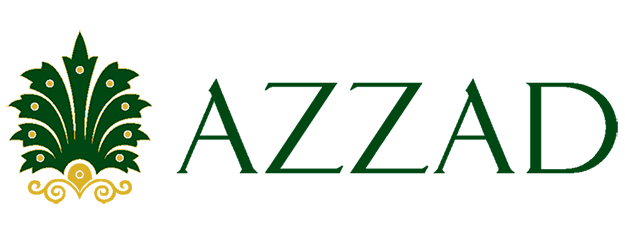 After languishing for several months in bureaucratic limbo, the SECURE Act (Setting Every Community Up for Retirement Enhancement) was signed into law on December 20, 2019; it went into effect on January 1, 2020.
After languishing for several months in bureaucratic limbo, the SECURE Act (Setting Every Community Up for Retirement Enhancement) was signed into law on December 20, 2019; it went into effect on January 1, 2020.
With an alarming percentage of Americans not saving enough for retirement, the changes in the SECURE Act are intended to help. It includes changes to some rules for IRAs and other retirement accounts, increases incentives for employers to set up retirement plans and make it easy for employees to enroll in them, and repeals some parts of the tax law passed in 2017.
Here are a few important changes that may affect you:
Changes to age limits for IRAs
Contribution cut-off age
Under previous laws, investors were not allowed to add money into a traditional IRA after they reached age 70.5. Under the SECURE Act, that restriction no longer exists — people may now contribute to traditional IRAs for as long as they (or their spouse) earn income, just as with Roth IRAs.
NOTE: This law went into effect on January 1, 2020, so people over age 70.5 will not be allowed to fund a traditional IRA for tax year 2019, even though the deadline is April 15, 2020. They may fund the account for tax year 2020 though (up to $7,000 for people over age 50).
RMDs (required minimum distributions)
The new law changes the age at which investors are required to start withdrawing money from their IRA accounts. Previously, that age was 70.5; the new law extends it to age 72 for people who reach age 70.5 in the year 2020; those who reached age 70.5 in 2019 would still need to take their RMDs in 2020.
 Ending the “stretch” provision for inherited retirement accounts
Ending the “stretch” provision for inherited retirement accounts
Previously, beneficiaries who inherited certain types of retirement accounts were allowed to withdraw money from those accounts over the course of their lifetime; this allowance was known as the “stretch” provision, as it allowed heirs to stretch out the tax protected status of the money in those accounts. Under the new law, they must withdraw all funds from those inherited retirement accounts within 10 years.
The types of accounts that fall under this requirement include IRAs and accounts from defined contribution plans such as 401(k)s, 401(b)s, and profit-sharing plans.
This change will apply to accounts whose original owner passes away after December 31, 2019 (i.e. if the inheritance goes into effect in 2020 or beyond).
Certain categories of heirs will be exempt from this change. These include a surviving spouse, and beneficiaries who are chronically ill, disabled, 10 years or less younger than the original account owner, or the original account owner’s minor children. For children, the 10-year rule would kick in when they reach the age of majority. This exemption does not apply to other minor children such as grandchildren.
The 10-year rule will carry tax implications, so this could be a good time to consult with your financial advisor if you expect to leave a substantial amount in retirement accounts to your heirs.
Employer retirement plans
The SECURE Act includes provisions related to employer retirement plans with the goal of making it easier for small business owners and their employees to invest for retirement.
Establishing a new small business retirement plans
Under the previous law, small businesses could claim a tax credit of up to $500 for costs associated with starting a qualified retirement plan. The SECURE Act increases the tax credit for small businesses when they establish an employer-sponsored retirement plan such as a 401(k), 403(b), SEP IRA, or SIMPLE IRA plan. Depending on the number of employees who are eligible to participate in the plan, the increased credit could be substantial.
The new tax credit gives small businesses $250 for each non-highly-compensated employee who is eligible to participate in the plan (up to a max of $5,000) or $500, whichever is greater. The new tax credit will be greater for any business with more than two employees who are not highly compensated.
Deadlines and penalties
The SECURE Act extends the deadline for employers to start certain kinds of retirement plans. Beginning in 2020, employers may establish business retirement plans that are completely employer-funded (such as profit-sharing plans) up to the employer’s tax return due date. (The previous deadline was December 31).
Employers who maintain certain kinds of retirement plans must file IRS Form 5500 in addition to their regular business tax returns. The SECURE Act significantly increases the penalties for failing to file both forms. Employers with these types of plans should be extra careful to make sure they meet their deadlines.
Automatic enrollment provision
In addition to the tax credit for starting a retirement plan, the SECURE Act created an additional tax credit of $500 for businesses that include provisions in their retirement plans to automatically enroll employees. To qualify for this tax credit, small businesses must set up their retirement plans so that employees will be automatically enrolled to contribute a certain percentage of their compensation unless the employee chooses not to participate.
The auto-enrollment tax credit can first be claimed on 2020 taxes and can be claimed for two years following the first time it is claimed as long as the plan maintains its automatic enrollment provision. A small business that already has a retirement plan can add an automatic enrollment provision and qualify for this tax credit, regardless of when the plan was established.
Multiple employer plans (MEPs)
The new law also reduces barriers to creating multiple employer plans (MEPs). A multiple employer plan is a single retirement plan that is used by two or more unrelated employers. Previously there was a requirement that the employers participating in an MEP have a significant relationship, but the U.S. Department of Labor loosened that rule in July of 2019.
Now, the SECURE Act changes the IRS’s long-held “one bad apple” rule, which stated that if one employer in an MEP committed a disqualifying act then the entire plan would be disqualified. Under the new rule, only that employer’s part of the plan would be disqualified; other employers in the plan would not be affected.
Additionally, the SECURE Act requires that MEPs be administered by a pooled plan provider such as a registered investment advisor (Note: Azzad Asset Management is a registered investment advisor).
“Kiddie tax” rule repeal
The Tax Cuts and Jobs Act of 2017 changed rules around the kiddie tax; the SECURE Act reverses those changes. Applicable income of children, such as through a custodial trust like a UGMA account, will be subject to the child’s parents’ marginal tax rate. Taxpayers can choose to apply this “new” rule to their 2019 and 2018 taxes as well. People whose children have earned income, such as through a trust like an UTMA/UGMA custodial account, may want to consult with a tax advisor to determine which rule would most benefit them.
The SECURE Act was the second piece of sweeping tax legislation we’ve seen in a two-year period. We covered the parts we think are most likely to apply to our clients in this article, but there are plenty of additional details and changes. This could be an excellent time to check in with your financial advisor to see if some changes to your financial plan may be appropriate.



